Review: 2012 Toyota Camry SE
Most driving enthusiasts have written off the entire Camry line as the poster child for dull driving appliances. But those who overcame their prejudices and took the 2007-2011 Camry SE for a spin discovered surprisingly firm suspension tuning and, with the V6, a smooth, powerful engine. The most courageous even tried to spread the word. Encountering an anti-Camry diatribe, they’d respond, “But what about the SE?” For 2012 there’s a new Camry. An earlier review covered the overall changes and specifically the non-sport, non-hybrid variants. And the SE?
With most Camry interiors, there’s a choice between beige and gray. In contrast, the SE’s interior continues to be offered only in the coolest or hottest of hues (depending on whether we’re speaking figuratively or literally): black. (Waiting for red, or even brown? Keep waiting.) With the 2007-2011 Camry, the dark shade helped obscure the poverty of the interior plastics. While this is less necessary with the 2012, the effect remains welcome. But the #1 reason to opt for the SE trim: the front seats. For 2012 the regular Camry’s buckets have been stripped of anything resembling lateral support. The SE’s seats have much larger, more closely-spaced side bolsters that comfortably and effectively cup one’s lower torso. A power-lumbar adjustment is standard, avoiding the lack of lower back support in the LE. Missed: rear air vents are available only in the XLE. Happily not missed: unlike last year, the rear seat folds to expand the trunk in the SE. Apparently they felt that the revised body was stiff enough without adding additional bracing.
The 178-horsepower four-cylinder engine does a decent job of motivating the Camry. But the sounds it makes don’t encourage frequent exercise, so it’s a poor fit for the intended character of the SE. I was only able to spend a few minutes with the sweet 268-horsepower V6, and intend to more completely review it once I can get one for a week, but for enthusiasts it’s clearly the way to go. Though unchanged since 2007, the V6 continues to match competitors with its effortless power and surpass them (and especially the Hyundai turbocharged four) in terms of sound and feel. Compared to the 2011, the SE V6’s curb weight is down 63 pounds (to 3,420) but the final drive ratio is a little taller, so acceleration remains about the same.
Fuel economy is up, especially with the four, which now leads the segment with EPA ratings of 25 MPG city, 35 highway. The V6’s 21/30 can’t quite match the Sonata 2.0T’s 22/34.
A funny thing has happened with the suspension tuning. For 2012, the regular Camrys receive slightly firmer suspension tuning and improved suspension geometry, so they handle with considerably more precision and control than before. At the same time, the SE’s suspension has been softened relative to the 2007 SE’s (the last year I drove one). As a result, the sport model’s ride is no longer borderline harsh, but its handling, while marginally more taut than the regular Camry’s and similarly more precise than the previous generation SE’s, is a less dramatic step up. With both ride and handling, most of the difference comes from the tires. Compared to the regular Camry’s Michelin Energy rubber, the SE’s Michelin Primacy tires (17s with the four, 18s with the V6) clomp more loudly and firmly over tar strips while sticking much better and with less fuss in hard turns. Even with the performance treads the Camry and I didn’t quite meld.
Engine choice makes a big difference. The V6 adds 180 pounds, all of them in the nose, and you feel every one of them in the heavier (but at least equally mute) steering. This difference is a mixed blessing. The SE V6 feels more solid and jiggles less, but it also feels heavier and less agile. As with all 2012 Camrys, the silky low-speed feel that has distinguished the line for the last two decades is much less in evidence, apparently a victim of the pursuit of higher EPA numbers, better handling, or lower costs.
Overall, the 2012 Toyota Camry SE is a better car than the 2011. The interior is much improved, body motions are better controlled, and fuel economy (Toyota’s primary focus with the redesign) has improved. But, as with the regular Camry, some chassis refinement has been given up. The biggest problem, though, concerns the cars’ character. The four-cylinder SE goes about its work with admirable precision and control, but feels soulless. Add in the buzzy four, and the car just isn’t involving. The V6 adds a healthy dollop of thrills, but in my brief drive its additional mass seemed to dull the car’s handling. Though handling is generally my top priority, if I had to have a Camry (and no other car) the SE V6 would be an easy choice. I’d recommend the same choice to non-enthusiasts not interested in the hybrid for the SE’s more cosseting seats alone.
But no one has to have a Camry. Even with its more dramatic suspension tuning, the 2007-2011 SE failed to break through most enthusiasts’ prima facie rejection of the Camry. With its less overtly sporting character, the 2012 is unlikely to do better. Toyota should not be surprised by this rejection. We were told about their active participation in NASCAR, which this year includes the Daytona pace car (which was brought to the Camry launch event). But, as Volvo has also discovered, if you build a brand around practical concerns (in its case safety) it’s very difficult to then market performance-oriented variants. Toyota primarily pitches the Camry as a safe, dependable, economical, “worry-free” appliance. To then turn around and sponsor fuel-guzzling, maintenance-intensive, potentially deadly race cars will, at best, have little impact. At worst, car buyers could become confused and wonder what Toyota and its best-selling model are really about.
Toyota provided fueled and insured cars along with a light lunch at a press event.
Michael Karesh operates TrueDelta, an online provide of car reliability and fuel economy information.
Michael Karesh lives in West Bloomfield, Michigan, with his wife and three children. In 2003 he received a Ph.D. from the University of Chicago. While in Chicago he worked at the National Opinion Research Center, a leader in the field of survey research. For his doctoral thesis, he spent a year-and-a-half inside an automaker studying how and how well it understood consumers when developing new products. While pursuing the degree he taught consumer behavior and product development at Oakland University. Since 1999, he has contributed auto reviews to Epinions, where he is currently one of two people in charge of the autos section. Since earning the degree he has continued to care for his children (school, gymnastics, tae-kwan-do...) and write reviews for Epinions and, more recently, The Truth About Cars while developing TrueDelta, a vehicle reliability and price comparison site.
More by Michael Karesh
Latest Car Reviews
Read moreLatest Product Reviews
Read moreRecent Comments
- Theflyersfan Honda, Toyota, Nissan, Hyundai, and Kia still don't seem to have a problem moving sedans off of the lot. I also see more than a few new 3-series, C-classes and A4s as well showing the Germans can sell the expensive ones. Sales might be down compared to 10-15 years ago, but hundreds of thousands of sales in the US alone isn't anything to sneeze at. What we've had is the thinning of the herd. The crap sedans have exited stage left. And GM has let the Malibu sit and rot on the vine for so long that this was bound to happen. And it bears repeating - auto trends go in cycles. Many times the cars purchased by the next generation aren't the ones their parents and grandparents bought. Who's to say that in 10 years, CUVs are going to be seen at that generation's minivans and no one wants to touch them? The Japanese and Koreans will welcome those buyers back to their full lineups while GM, Ford, and whatever remains of what was Chrysler/Dodge will be back in front of Congress pleading poverty.
- Corey Lewis It's not competitive against others in the class, as my review discussed. https://www.thetruthaboutcars.com/cars/chevrolet/rental-review-the-2023-chevrolet-malibu-last-domestic-midsize-standing-44502760
- Turbo Is Black Magic My wife had one of these back in 06, did a ton of work to it… supercharger, full exhaust, full suspension.. it was a blast to drive even though it was still hilariously slow. Great for drive in nights, open the hatch fold the seats flat and just relax.Also this thing is a great example of how far we have come in crash safety even since just 2005… go look at these old crash tests now and I cringe at what a modern electric tank would do to this thing.
- MaintenanceCosts Whenever the topic of the xB comes up…Me: "The style is fun. The combination of the box shape and the aggressive detailing is very JDM."Wife: "Those are ghetto."Me: "They're smaller than a Corolla outside and have the space of a RAV4 inside."Wife: "Those are ghetto."Me: "They're kind of fun to drive with a stick."Wife: "Those are ghetto."It's one of a few cars (including its fellow box, the Ford Flex) on which we will just never see eye to eye.
- Oberkanone The alternative is a more expensive SUV. Yes, it will be missed.



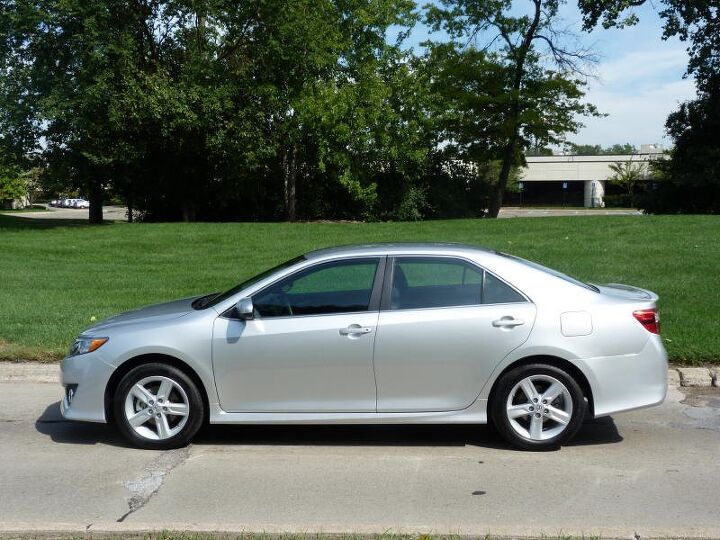


























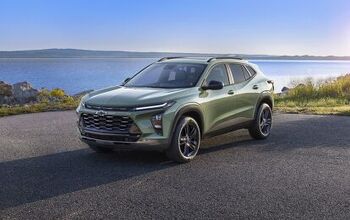

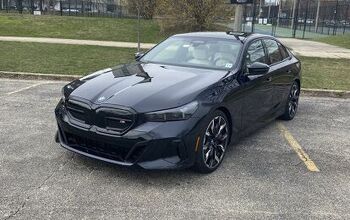
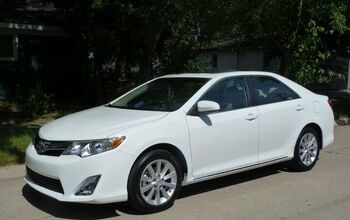
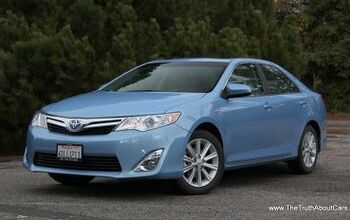
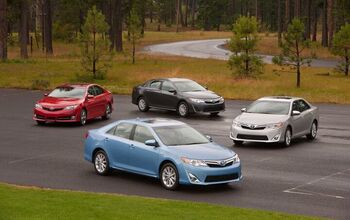
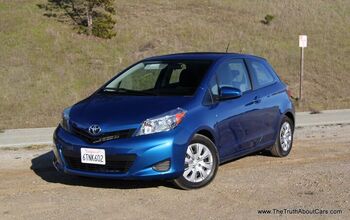
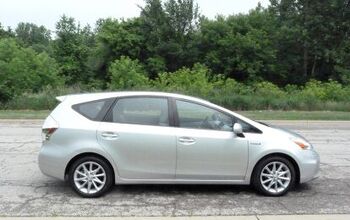
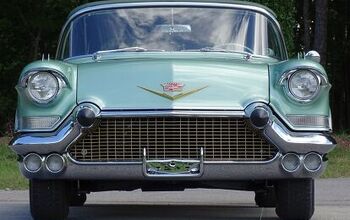
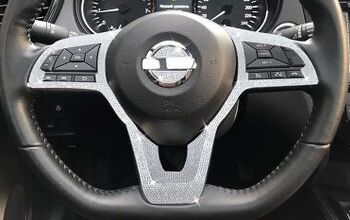
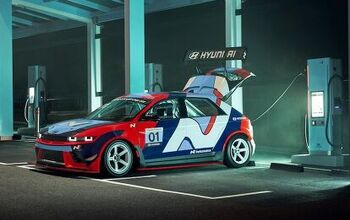

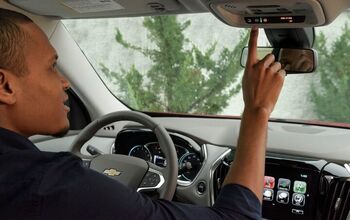


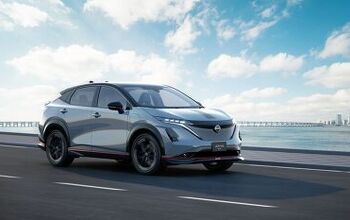


Comments
Join the conversation
I would have to disagree with the whole lot of you. I've owned BMW, Infinity G35,Cadillac SRX and CTS, and some time in my life Hyandai. I just bought a new 2012 Camry SE and I was quite impressed with the car. The power is wonderful and the steering I thought was great too. This new electronic steering was very responsive and the ride was very comfortable.
This site is really unsuited to be reviewing something like a Camry given it's enthusiast orientation. The SE V6 is faster, handles better and brakes better than anything in it's class. Toyota has a car that a lot of people are going to really like.